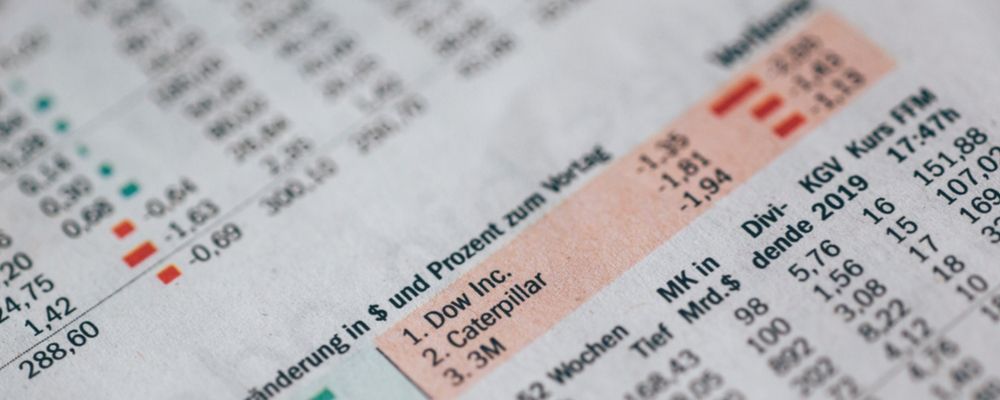SMSF investment strategies will receive a lot more limelight going forward thanks to the ATO’s letter to trustees in early September 2019.
SMSF Investment Strategies
In early September 2019 close to 18,000 SMSF trustees received a letter from the ATO …with love…about SMSF investment strategies pointing to a lack of diversification.
So the question is, if done right, what should an SMSF investment strategy do or not do? What should it look like?
This is the question we asked Liam Shorte of Verante in Castle Hill. Here is what we learned but please listen in as Liam Shorte explains all this much better than we ever could.
To listen while you drive, walk or work, just access the episode through a free podcast app on your mobile phone.
ATO Letter
So what did the ATO’s letter sent in September 2019 about SMSF investment strategies actually say? The ATO writes,
“Our records indicate that your SMSF investment strategy may hold 90% or more of its funds in one asset, or a single asset class. This means that your fund may be at risk of not meeting the diversification requirement as outlined in the … the SIS Regulations. As a trustee you are ultimately responsible for ensuring your investment strategy meets the requirements under the law.”
And then the ATO gets the big stick out. Maybe they were worried about not being taken seriously. So they continue with,
“You could also be liable for an administrative penalty of $4,200 if your investment strategy fails to meet these requirements.”
And then the ATO gets the auditors involved by concluding,
“We will also be writing directly to the auditor of your fund to notify them of our concerns. You should be aware that if your auditor identifies that you have failed to rectify any non-compliance with the requirements listed above; this could result in the imposition of the above mentioned penalties.”
So if you or your clients have bulky assets within an SMSF with an LRBA attached, you will probably hear from your auditor.
Investment Strategy
Before your SMSF starts making any investments, it must have an investment strategy in place. This strategy must consider the members’ investment objectives, specify some targets and the level of exposure to each of the sectors.
You need to review your SMSF’s strategy each year to make sure that you take into account any changed personal circumstances, market changes and changing insurance needs of the members.
Times Change
Take term deposits as an example. For the past 10 years, many SMSFs held over 30% allocated to term deposits with an interest rate of 4.5 to 6%. But now the rates are dropping. So trustees need to reconsider that strategy and look at their risk tolerance.
Or take shares as an example. 20 years ago a lot of SMSFs would hold the four banks, Woolworths, BHP, Telstra, some term deposits and maybe a property. And that was it. But since the GFC things have changed. There are potential benefits of having exposure to overseas assets. This will also give you a wider range of sectors like IT, healthcare and social media, sectors that are not available in Australia to that extent.
Diversification
There are a lot more options out there for investors to diversify now than there were last century when super started. The ability to access ETFs and managed funds through a platform makes diversification easier for SMSFs.
Age Brackets
If you are over 70, you had no access to the super guarantee for a large part of your working life, so you probably built up a portfolio outside of superannuation. However, you also enjoyed unlimited contributions for quite a few years allowing you to build up a fairly reasonable superannuation account as well.
If you are between 50 and 70, you tend to have a much larger component inside superannuation than people over 70. However, thanks to the property boom you might have built up quite a sizeable investment portfolio outside of super as well.
If you are under 50, your primary wealth aside from your family home tends to sit in super. Thanks to rising property prices and larger mortgages, you just can not afford to build a suitable wealth outside of super. So you are more likely to use superannuation as your main wealth building tool going forward.
But all this are just snippets of our talk with Liam Shorte. Please listen to the episode above since Liam discusses investment strategies in much greater detail than we have noted here.
MORE
SMSF Joint Property Acquisitions
Disclaimer: Tax Talks does not provide financial or tax advice. All information on Tax Talks is of a general nature only and might no longer be up to date or correct. You should seek professional accredited tax and financial advice when considering whether the information is suitable to your or your client’s circumstances.
